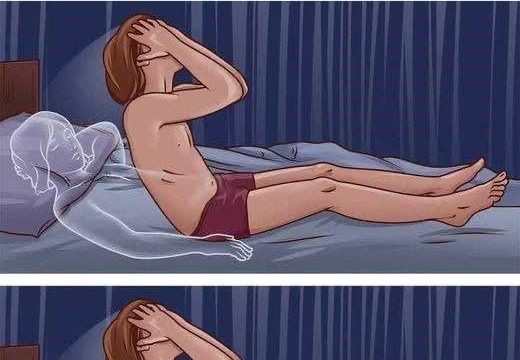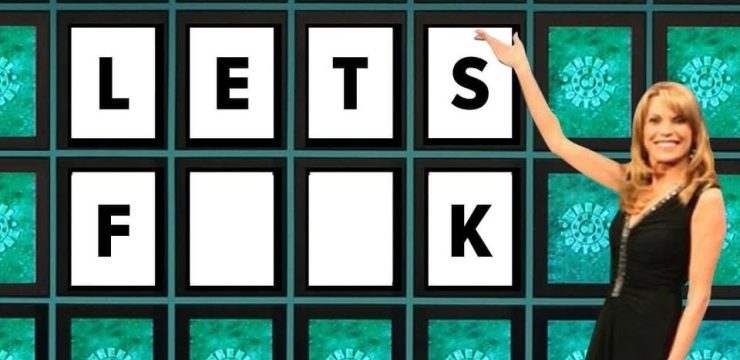Even though we no longer rely on maids or fight battles in coats, the tradition of button placement on men’s and women’s shirts remains. But why hasn’t it changed? In modern fashion, it’s more than just a throwback to historical traditions—it’s also a way to differentiate between masculine and feminine styles.

Fashion Reflecting History
Fashion is often a reflection of the past, with designers drawing inspiration from historical elements. The placement of buttons on opposite sides of men’s and women’s shirts serves as a subtle nod to the customs of previous centuries. It’s not necessary anymore, but it’s become part of the aesthetic of modern clothing. Think of it as a way fashion pays homage to history, even when it no longer serves a practical purpose.
Gendered Clothing Styles
While the lines between men’s and women’s fashion have blurred over time, button placement remains one of the few details that still distinguishes masculine from feminine clothing in mainstream fashion. It’s one of those small features that designers use to maintain traditional gendered styles, even as other aspects of clothing evolve.
Of course, there are exceptions. Unisex clothing or high-fashion brands may break the mold, placing buttons in non-traditional spots or swapping them for zippers. But in most cases—especially in formal or business attire—the traditional button placement remains intact.





